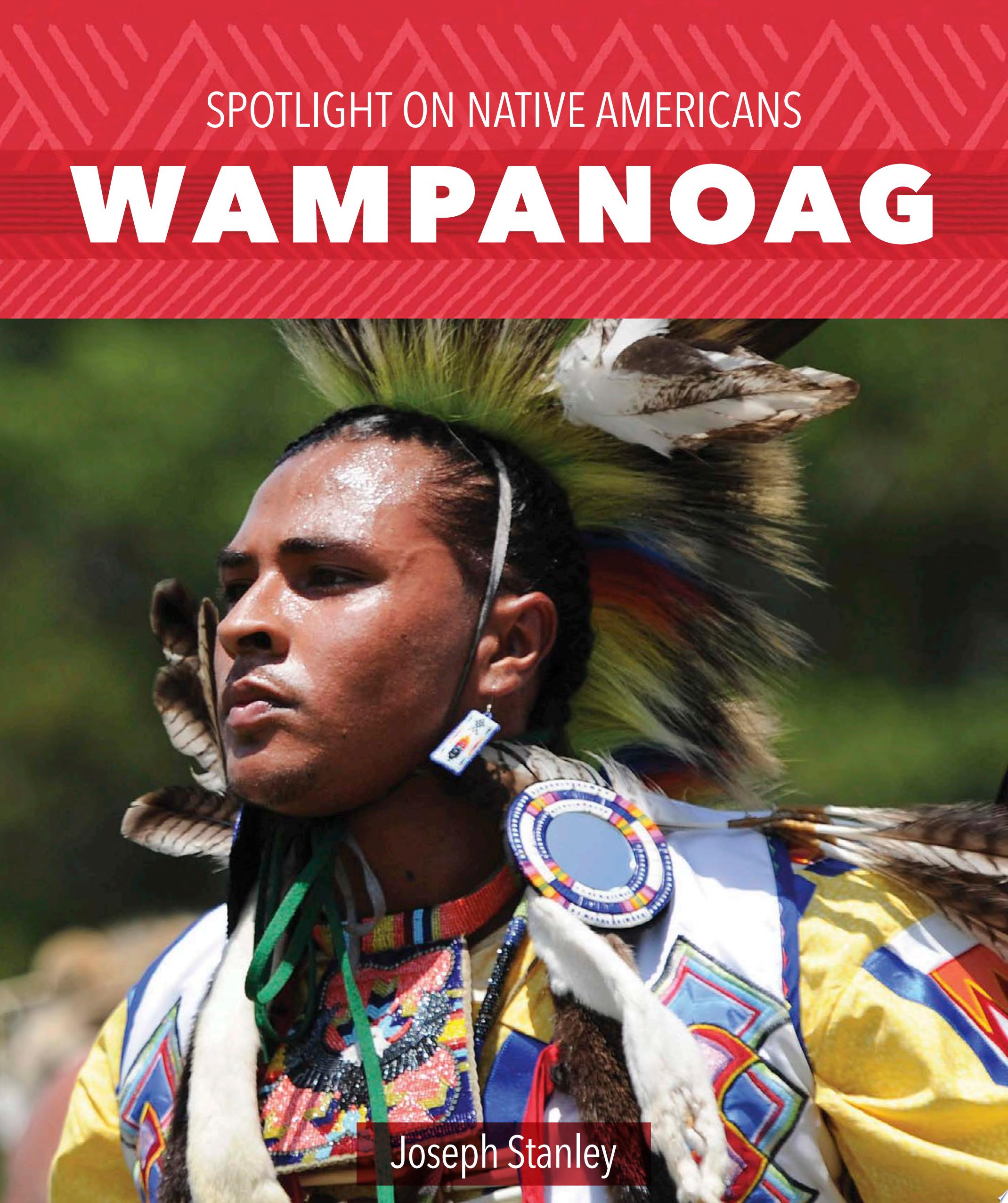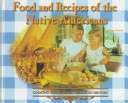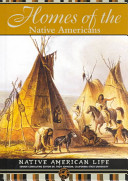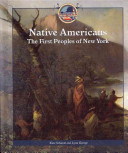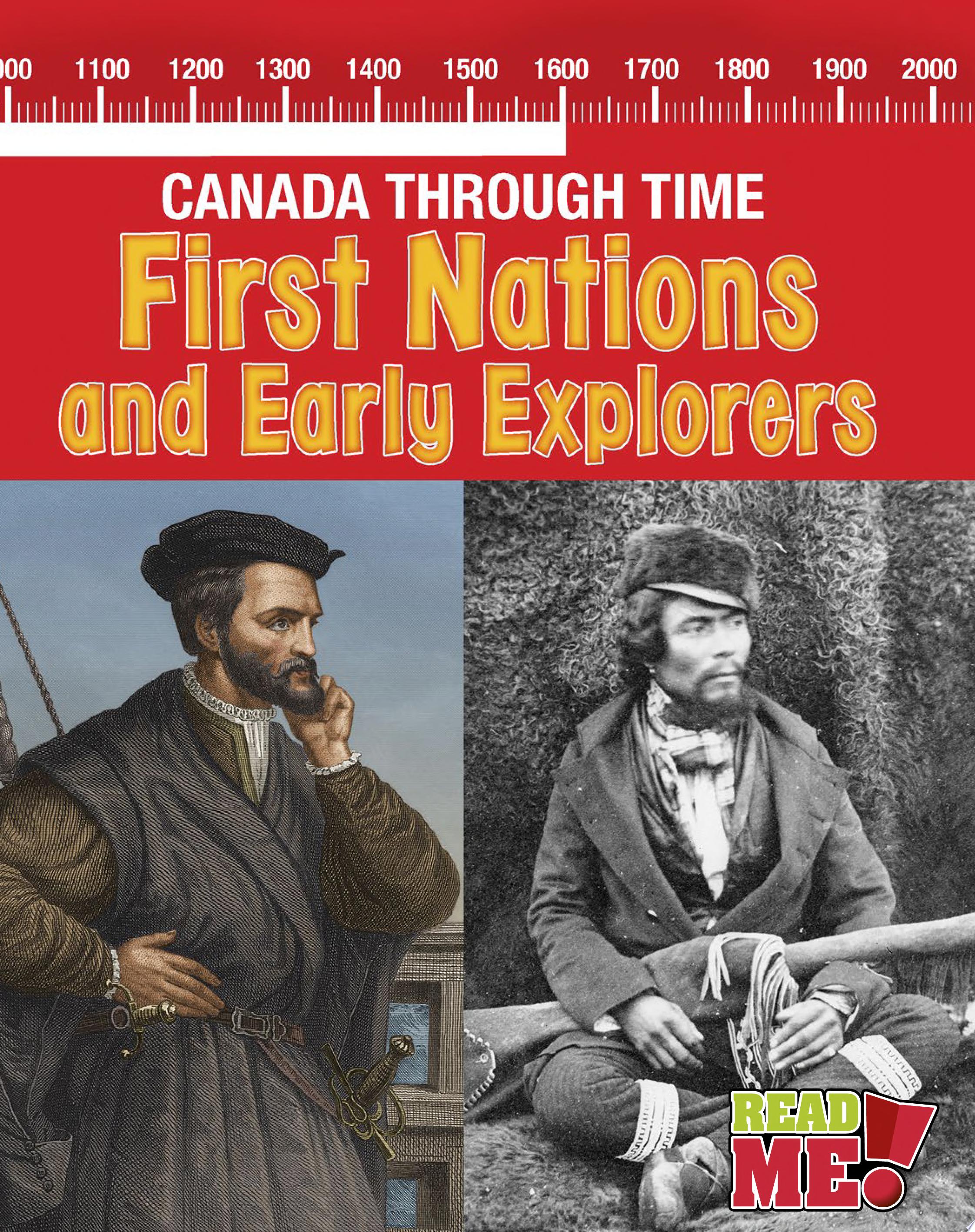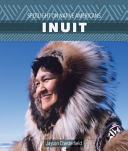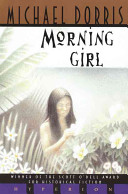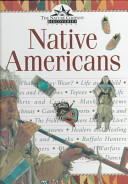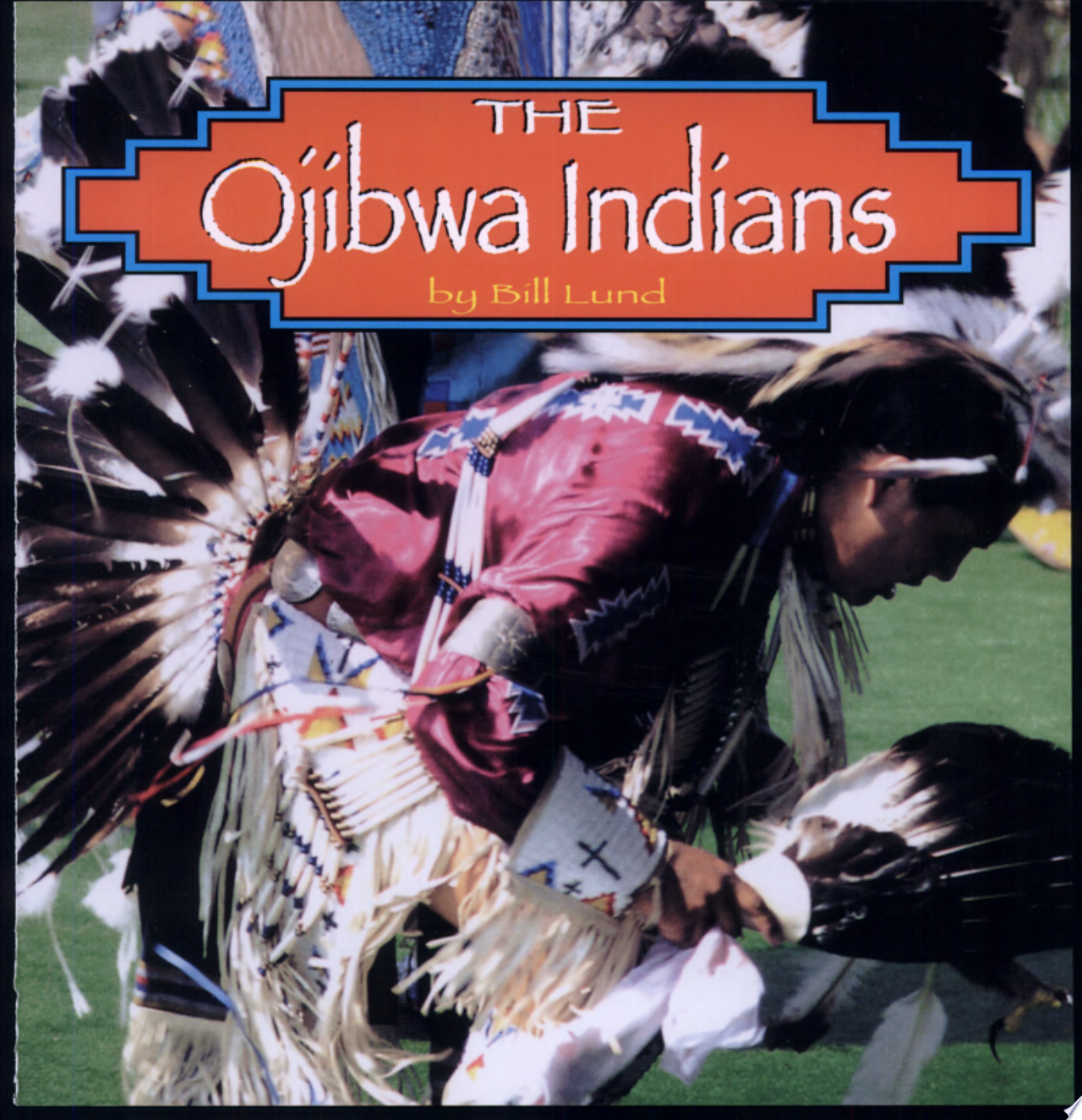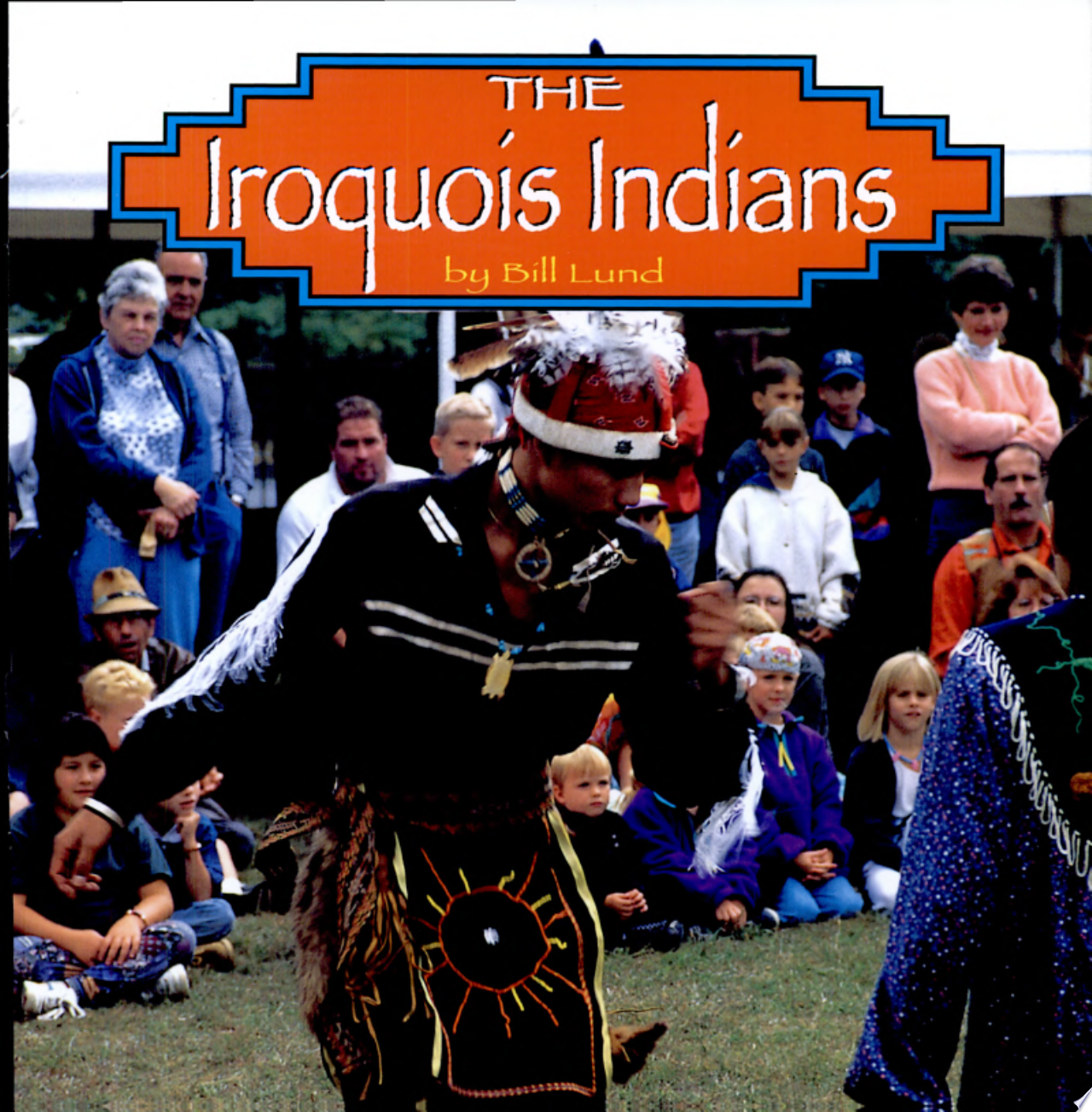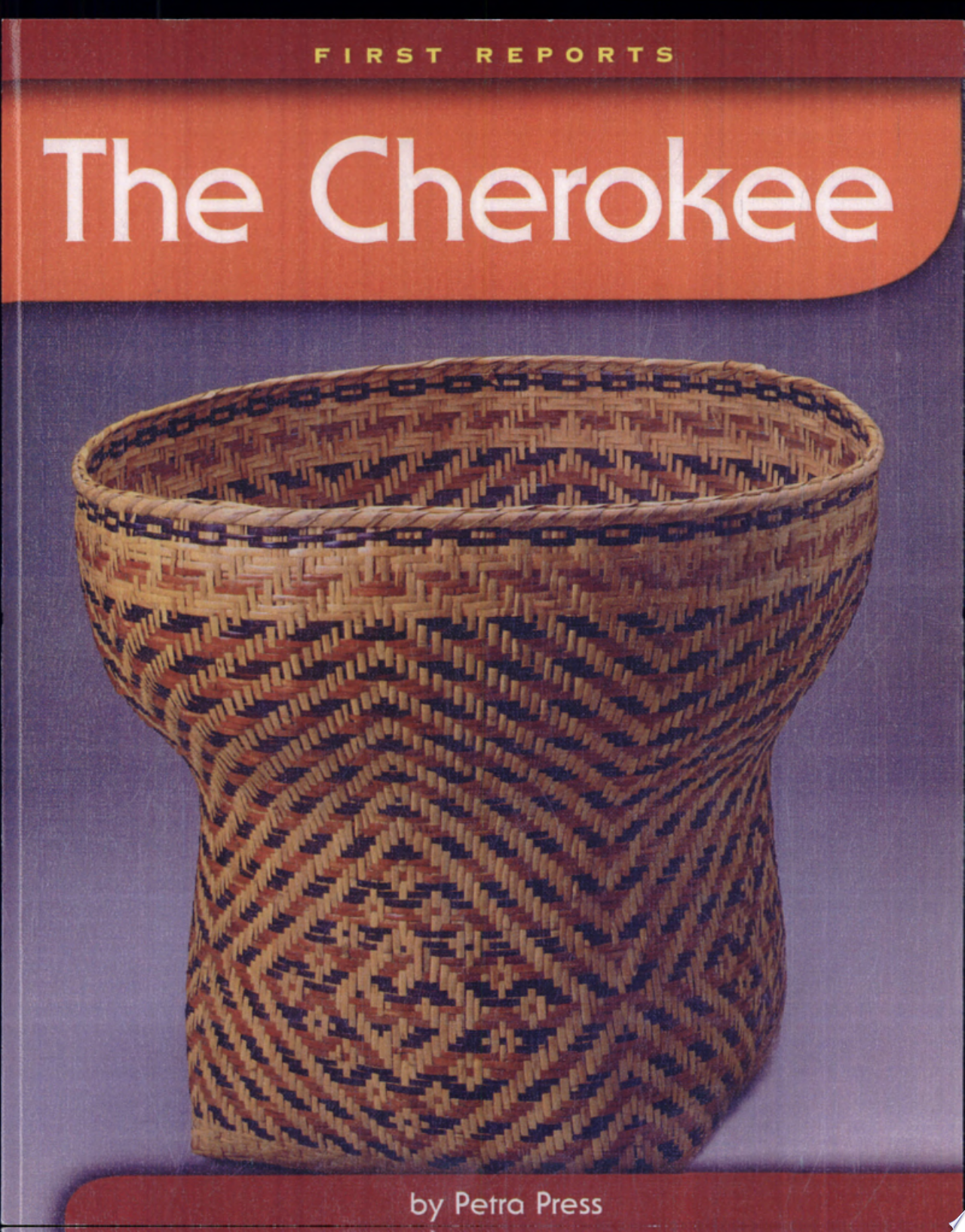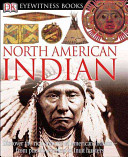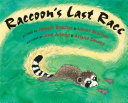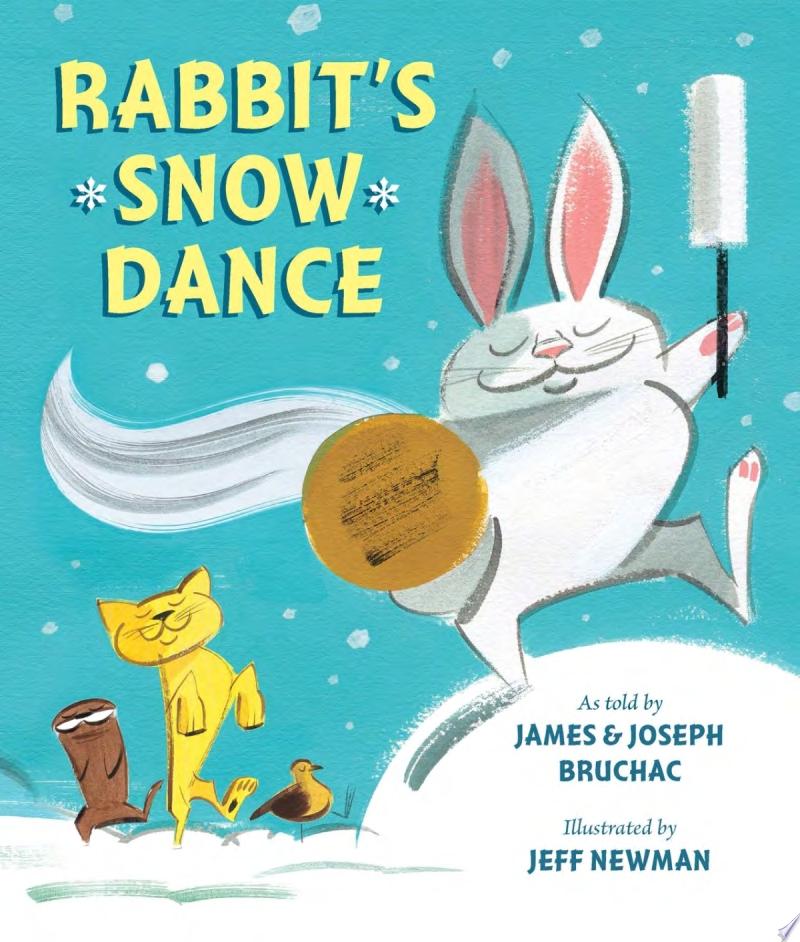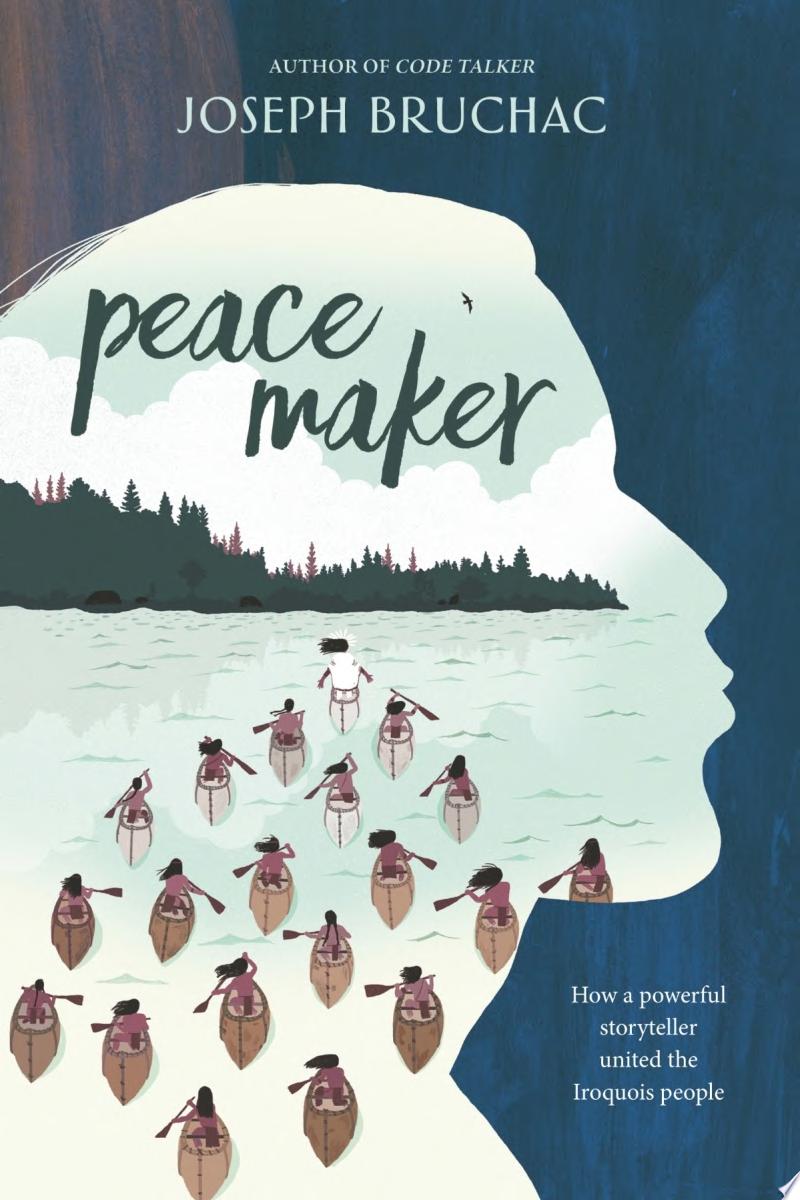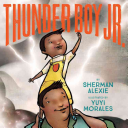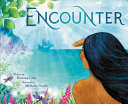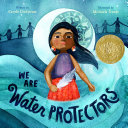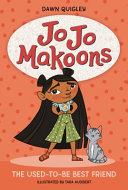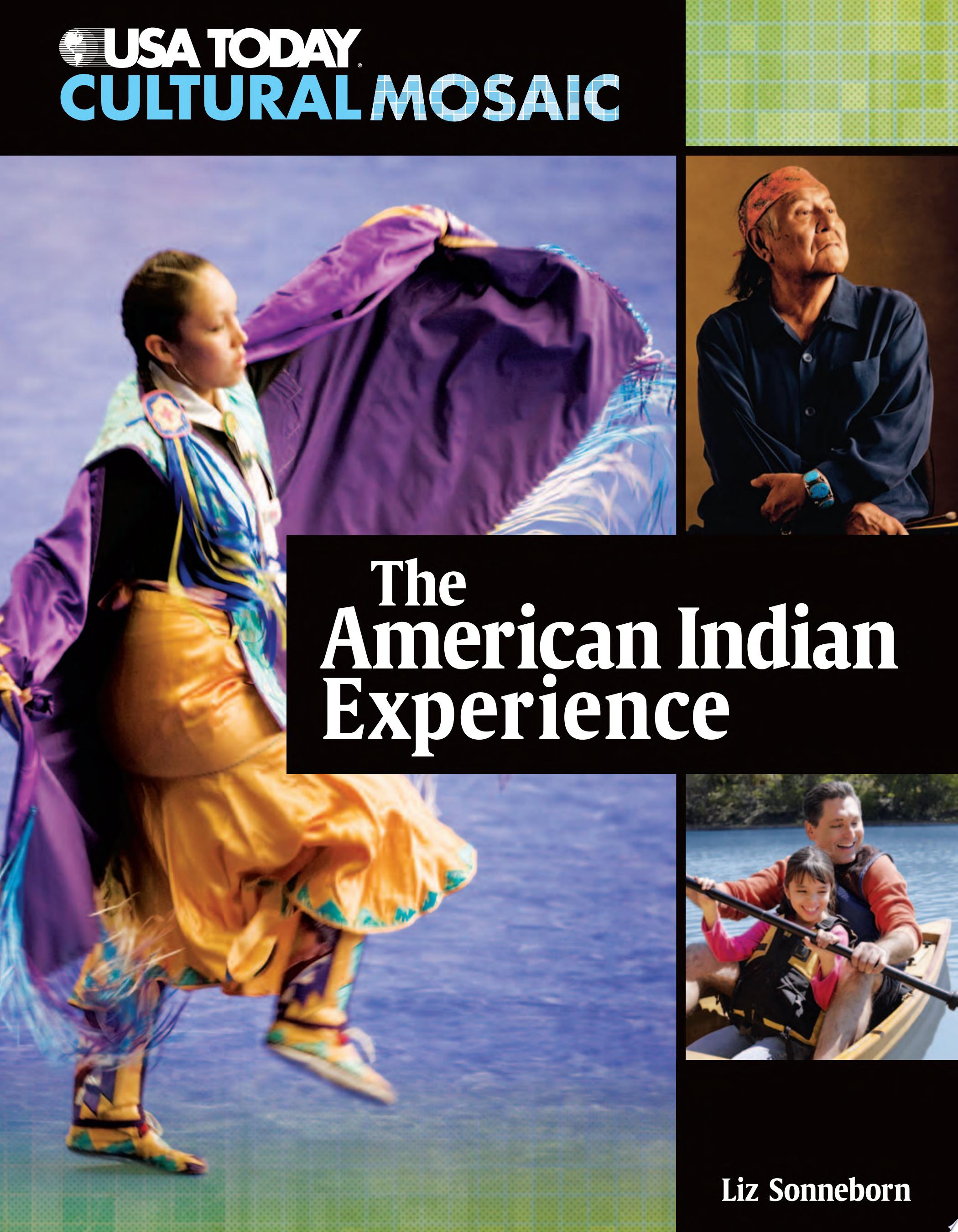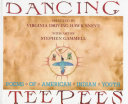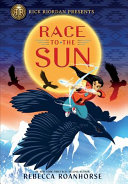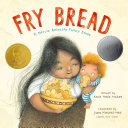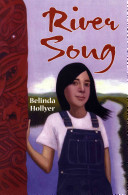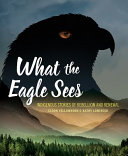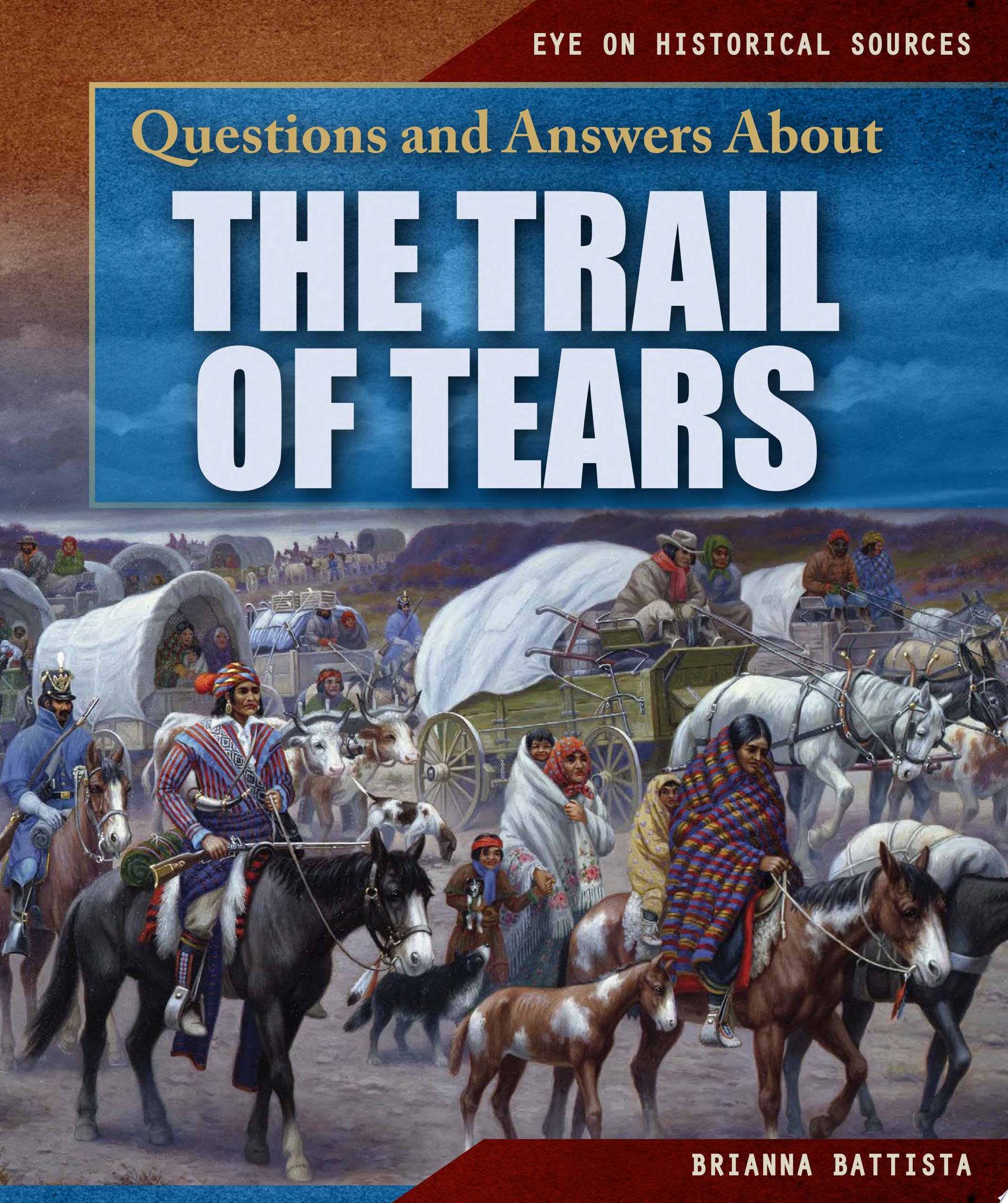List
Wampanoag
Joseph Stanley
The Wampanoag people traditionally called the area that would become Massachusetts and Rhode Island home. The Wampanoag people interacted with some of America’s earliest European settlers. Readers discover these and other facts about Wampanoag history and culture through detailed text that reflects social studies curriculum standards. Colorful photographs and historical images enhance the reading experience and provide readers with more information about the Wampanoag way of life. The Wampanoag people are a diverse group that’s made up of many tribes, and readers explore the traditions of these various tribes with each turn of the page.
Food and Recipes of the Native Americans
George Erdosh
Chock full of recipes with step-by-step directions for kids to follow, this series is a unique way for kids to eat their way through American history. Many modern historians think the history of mankind is not to be found solely in the decisions of rulers and battles won or lost, but in the lives of everyday people. Looking closely at the environment, economics, eating habits, and favorite foods of our American forebears teaches us volumes about their world and ours.
The first people of our continent knew everything about their natural environment, the seasons, and what grew best. Their great respect for the land formed their growing, hunting, and rituals around food. Kids make Indian fry-bread and pumpkin-corn sauce while learning about the sacredness of corn.
Homes of the Native Americans
Colleen Madonna Flood Williams
From the woodland tribes to the tribes of Mexico and the Caribbean and all the way to the Arctic, Native American houses reflected the environments in which various tribes lived. This book helps understand the different homes built by the Native Americans - from longhouses to tepees to igloos to pueblos.
Native Americans
Kate Schimel
Traveling back to the time before European explorers colonized New York, many Native American tribes roamed the forests and rivers of this resource-rich land. Tribes within the Iroquois League and Algonquian-speaking groups each had their own cultures and ways of living off the land and each had their own inventive ways of using New York s abundant resources to survive and thrive. This book examines the earliest occupants of what is now New York State and how the arrival of European explorers greatly changed their way of life.
First Nations and Early Explorers
Kathleen Corrigan
What is the difference between First Nations and Aboriginal people? Look inside this book to find out! First Nations and Early Explorers introduces different groups of Canadian Aboriginal people from First Nations to the Mtis. Then meet pre-confederation explorers from France and England, and even the Vikings! Books in the Canadian Timelines series teach readers the basics of Canadian history and culture, from how First Nations people arrived to immigration since the 1970s.
Inuit
Jayson Chesterfield
Introduces the Inuit people, discussing their history, traditions, and daily life.
Morning Girl
Michael Dorris
Morning Girl, who loves the day, and her younger brother Star Boy, who loves the night, take turns describing their life on an island in pre-Columbian America; in Morning Girl's last narrative, she witnesses the arrival of the first Europeans to her world.
Native Americans
Judith Simpson
An exciting illustrated reference library for children age 8 and up. Integrated, highly visual approach sure to engage video-age kids. Authoritative, up-to-date information plus games, quizzes, puzzles, and activities.
The Ojibwa Indians
Bill Lund
Provides an overview of the past and present lives of the Ojibwa people, covering their daily life, customs, and relations with the government. Includes information on spearfishing.
The Iroquois Indians
Bill Lund
"Provides an overview of the past and present lives of the Iroquois Native Americans, including a description of their homes, clothing, family life, religion, and government."
The Cherokee
Petra Press
Provides an introduction to the history, culture, customs, and life today for the Cherokee Native Americans.
North American Indian
David Hamilton Murdoch
Presents a full-color illustrated examination of the customs and traditions of many North American Indians including those of the Great Plains, Southwest, Great Lakes region, far North, and more.
Raccoon's Last Race
Joseph Bruchac
The team behind How Chipmunk Got His Stripes retells an Abenaki fable that warns against arrogance and honors the importance of keeping your promises.
Azban the Raccoon loves to race on his long legs. He is the fastest of all the animals, but he’s also the most conceited, mocking everyone with his speed. When the other animals grow tired of his attitude, Azban chooses Big Rock as his next opponent. Busy taunting instead of running, he trips, and Big Rock flattens him. Only the ants will help stretch him out again—as long as he promises to be their friend. But will a trickster like Azban keep his word?
This clever and funny reimagining of a traditional story is for fans of Ed Young’s Lon Po Po: A Red-Riding Hood Story from China and David Wiesner’s The Three Pigs.
Rabbit's Snow Dance
James Bruchac
Master storytellers Joseph and James Bruchac present a hip and funny take on an Iroquois folktale about the importance of patience, the seasons, and listening to your friends. Pair it with other stories about stubborn animals like Karma Wilson's Bear Wants More and Verna Aardema's Why Mosquitoes Buzz in People's Ears.
Rabbit loves the winter. He knows a dance, using an Iroquois drum and song, to make it snow?even in summertime! When rabbit decides that it should snow early, he starts his dance and the snow begins to fall. The other forest animals are not happy and ask him to stop, but Rabbit doesn't listen. How much snow is too much, and will Rabbit know when to stop?
The father-son duo behind How Chipmunk Got His Stripes, Raccoon's Last Race, and Turtle's Race with Beaver present their latest retelling of Native American folklore.
Peacemaker
Joseph Bruchac
A twelve-year-old Iroquois boy searches for peace in this historical novel based on the creation of the Iroquois Confederacy.
Twelve-year-old Okwaho's life has suddenly changed. While he and his best friend are out hunting, his friend is kidnapped by men from a neighboring tribal nation, and Okwaho barely escapes. Everyone in his village fears more raids and killings: The Five Nations of the Iroquois have been at war with one another for far too long, and no one can remember what it was like to live in peace.
Okwaho is so angry that he wants to seek revenge for his friend, but before he can retaliate, a visitor with a message of peace comes to him in the woods. The Peacemaker shares his lesson tales--stories that make Okwaho believe that this man can convince the leaders of the five fighting nations to set down their weapons. So many others agree with him. Can all of them come together to form the Iroquois Great League of Peace?
Thunder Boy Jr.
Sherman Alexie
From New York Times bestselling author Sherman Alexie and Caldecott Honor winning Yuyi Morales comes a striking and beautifully illustrated picture book celebrating the special relationship between father and son.
Thunder Boy Jr. wants a normal name...one that's all his own. Dad is known as big Thunder, but little thunder doesn't want to share a name. He wants a name that celebrates something cool he's done like Touch the Clouds, Not Afraid of Ten Thousand Teeth, or Full of Wonder.
But just when Little Thunder thinks all hope is lost, dad picks the best name...Lightning! Their love will be loud and bright, and together they will light up the sky.
Encounter
Brittany Luby
A powerful imagining by two Native creators of a first encounter between two very different people that celebrates our ability to acknowledge difference and find common ground.
Based on the real journal kept by French explorer Jacques Cartier in 1534, Encounter imagines a first meeting between a French sailor and a Stadaconan fisher. As they navigate their differences, the wise animals around them note their similarities, illuminating common ground.
This extraordinary imagining by Brittany Luby, Professor of Indigenous History, is paired with stunning art by Michaela Goade, winner of 2018 American Indian Youth Literature Best Picture Book Award. Encounter is a luminous telling from two Indigenous creators that invites readers to reckon with the past, and to welcome, together, a future that is yet unchartered.
We Are Water Protectors
Carole Lindstrom
Inspired by the many Indigenous-led movements across North America, We Are Water Protectors issues an urgent rallying cry to safeguard the Earth’s water from harm and corruption—a bold and lyrical picture book written by Carole Lindstrom and vibrantly illustrated by Michaela Goade.
Water is the first medicine.
It affects and connects us all . . .
When a black snake threatens to destroy the Earth
And poison her people’s water, one young water protector
Takes a stand to defend Earth’s most sacred resource.
Jo Jo Makoons
Dawn Quigley
Hello/Boozhoo--meet Jo Jo Makoons! Full of pride, joy, and plenty of humor, this first book in an all-new chapter book series by Dawn Quigley celebrates a spunky young Ojibwe girl who loves who she is.
Jo Jo Makoons Azure is a spirited seven-year-old who moves through the world a little differently than anyone else on her Ojibwe reservation. It always seems like her mom, her kokum (grandma), and her teacher have a lot to learn--about how good Jo Jo is at cleaning up, what makes a good rhyme, and what it means to be friendly.
Even though Jo Jo loves her #1 best friend Mimi (who is a cat), she's worried that she needs to figure out how to make more friends. Because Fern, her best friend at school, may not want to be friends anymore...
The Heartdrum imprint centers a wide range of intertribal voices, visions, and stories while welcoming all young readers, with an emphasis on the present and future of Indian Country and on the strength of young Native heroes. In partnership with We Need Diverse Books.
The American Indian Experience
Liz Sonneborn
Examines the history and culture of Native Americans, highlighting their contributions to American society, and looking at the achievements of notable Native American performers, writers, athletes, artists, and leaders.
Dancing Teepees
Virginia Driving Hawk Sneve
Selected from the oral tradition of North American Indians and from contemporary tribal poets, the poems evoke the concerns and visions of American Indian young people.
Race to the Sun
Rebecca Roanhorse
Lately, seventh grader Nizhoni Begay has been able to detect monsters, like that man in the fancy suit who was in the bleachers at her basketball game. Turns out he's Mr. Charles, her dad's new boss at the oil and gas company, and he's alarmingly interested in Nizhoni and her brother, Mac, their Navajo heritage, and the legend of the Hero Twins. Nizhoni knows he's a threat, but her father won't believe her. When Dad disappears the next day, leaving behind a message that says "Run!", the siblings and Nizhoni's best friend, Davery, are thrust into a rescue mission that can only be accomplished with the help of Diné Holy People, all disguised as quirky characters. Their aid will come at a price: the kids must pass a series of trials in which it seems like nature itself is out to kill them. If Nizhoni, Mac, and Davery can reach the House of the Sun, they will be outfitted with what they need to defeat the ancient monsters Mr. Charles has unleashed. But it will take more than weapons for Nizhoni to become the hero she was destined to be . . . Timeless themes such as the importance of family and respect for the land resonate in this funny, fast-paced, and exciting quest adventure set in the American Southwest.
The Birchbark House
Louise Erdrich
Omakayas, a seven-year-old Native American girl of the Ojibwa tribe, lives through the joys of summer and the perils of winter on an island in Lake Superior in 1847.
Fry Bread
Kevin Noble Maillard
Told in lively and powerful verse by debut author Kevin Noble Maillard, Fry Bread is an evocative depiction of a modern Native American family, vibrantly illustrated by Pura Belpre Award winner and Caldecott Honoree Juana Martinez-Neal.
Fry bread is food.
It is warm and delicious, piled high on a plate.
Fry bread is time.
It brings families together for meals and new memories.
Fry bread is nation.
It is shared by many, from coast to coast and beyond.
Fry bread is us.
It is a celebration of old and new, traditional and modern, similarity and difference.
River Song
Belinda Hollyer
Jessye has each foot in two very different worlds: her grandmothers Nana's rural village, rooted in Maori tradition, and her irresponsible mom's city existence. Although she loves Nana fiercely, Jessye misses her flighty mom and decides to give living with her one more chance.
What the Eagle Sees
Eldon Yellowhorn
What do people do when their civilization is invaded? Indigenous people have been faced with disease, war, broken promises, and forced assimilation. Despite crushing losses and insurmountable challenges, they formed new nations from the remnants of old ones, they adopted new ideas and built on them, they fought back, and they kept their cultures alive.
When the only possible "victory" was survival, they survived.
In this brilliant follow up to Turtle Island, esteemed academic Eldon Yellowhorn and award-winning author Kathy Lowinger team up again, this time to tell the stories of what Indigenous people did when invaders arrived on their homelands. What the Eagle Sees shares accounts of the people, places, and events that have mattered in Indigenous history from a vastly under-represented perspective--an Indigenous viewpoint.
Questions and Answers About the Trail of Tears
Brianna Battista
The Trail of Tears marked the systematic segregation of indigenous people from white Americans. Starting in 1816, several indigenous nations were forced to give up their lands in the southeastern region of the United States for new lands west of the Mississippi. Historians estimate that more than 100,000 people were relocated between 1830 and 1850. The physical Trail of Tears spans more than 5,045 miles and has been designated a National Historic Trail. This volume is filled with primary sources that illustrate just how much these groups of indigenous people suffered after they were forced to leave their homes. Readers will have a chance to delve into primary sources from that time, such as news articles, cartoons, paintings, and books that chronicle the forced migration of these indigenous peoples. By questioning the validity and accuracy of these documents, readers will strengthen their understanding of what qualifies as a primary source.
